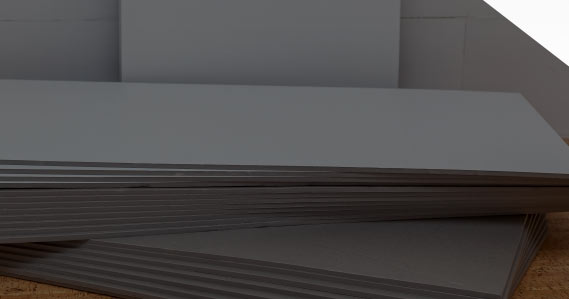What is Bullet Resistant Glass Made Of?
Bulletproof is a misleading term used to describe body armor, security glass, vehicle plating, and many other product types designed to protect people from blasts or projectiles. We describe it as misleading as no material nor product can provide universal resistance to ballistic-grade impacts.
While a UL Level 1 ‘bulletproof’ window may withstand several concurrent shots from a 9mm handgun, the glass is likely to fail when struck with anything of a significantly higher caliber. Therefore, industry experts prefer the phrase bullet-resistant glass to bulletproof – yet even describing it as glass may be misleading.
Glass Vs. Plastic
Architects have exploited glass in homes, places of worship, stores, and virtually every type of building for centuries. Originally, it was reserved for luxury commodities and only the wealthiest of homeowners could afford glazing of any sort. Yet its optical transparency and extreme hardness made it the perfect companion to brick and timber for brightening interiors with natural light. Widespread industrialization of sheet glass production made it possible to produce relatively cheap windows on a large scale, and glass subsequently became a default architectural material.
The problem with glass is one of security. It has an amorphous structure, which – in lay terms – means there is no way for the molecules in a pane of glass to redistribute stress. This makes it incredibly brittle and prone to fracturing. Bullet resistant glass subsequently cannot be fabricated using purely classical materials (i.e. silica).

Introducing plastics into glazing systems provided a means for engineering glass with enhanced toughness. In materials terminology, toughness is the characteristic of being able to resist stress without fracturing – a property in which glass is noticeably lacking. Polymers, however, can be specifically engineered to deform plastically; absorbing the energy from impacts and redistributing that force across a wide cross-section. Toughened, or laminated glass, exploit this property by sandwiching PVB (polyvinyl butyral) resin between multiple panes, forming a hard yet tough layered system. These are defined as glass-polycarbonate composites or glass-clad polycarbonates.
Bullet resistant glass often relies on these types of systems to capture and retain incoming projectiles, but some eschew the use of glass altogether. Many bulletproof products are based purely on acrylic or polycarbonate, in glazing systems described as multi-ply polycarbonate or acrylic polycarbonate composites.
Bullet-Resistant Glass from Armortex
At Armortex, we work with expert suppliers of bullet-resistant glass to formulate high-quality security products based on your unique specifications. As mentioned before, nothing is truly bulletproof. However, we can guarantee a minimum level of security established by you and tested to the most stringent specifications in the business.
Simply contact us today to discuss your security needs, and we will be happy to talk about the levels of bullet-resistant glass we think would be suitable for your latest architectural problem.
